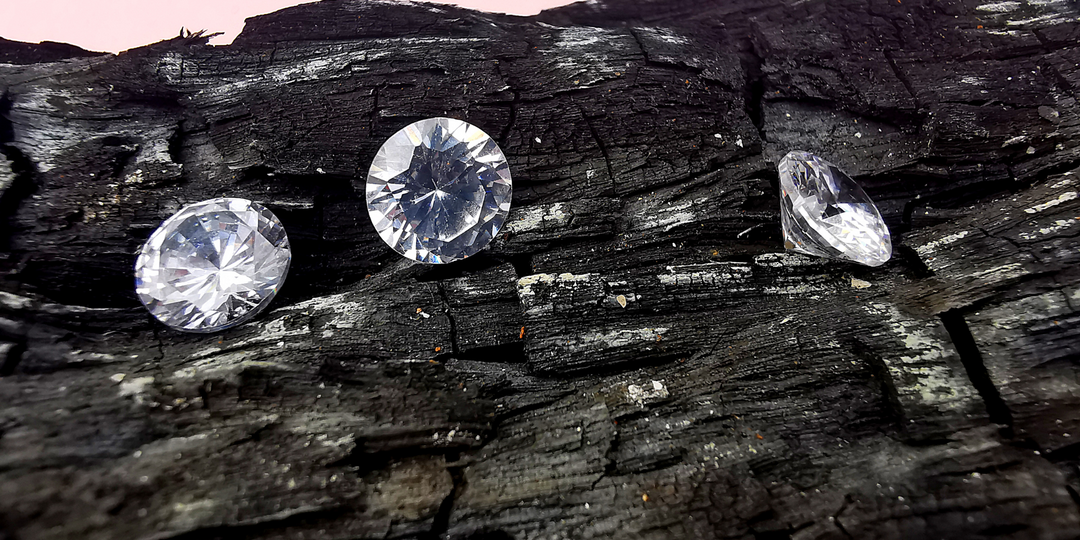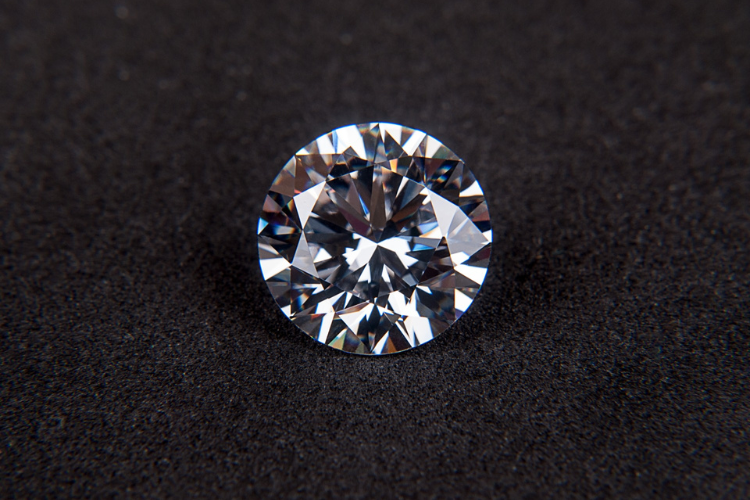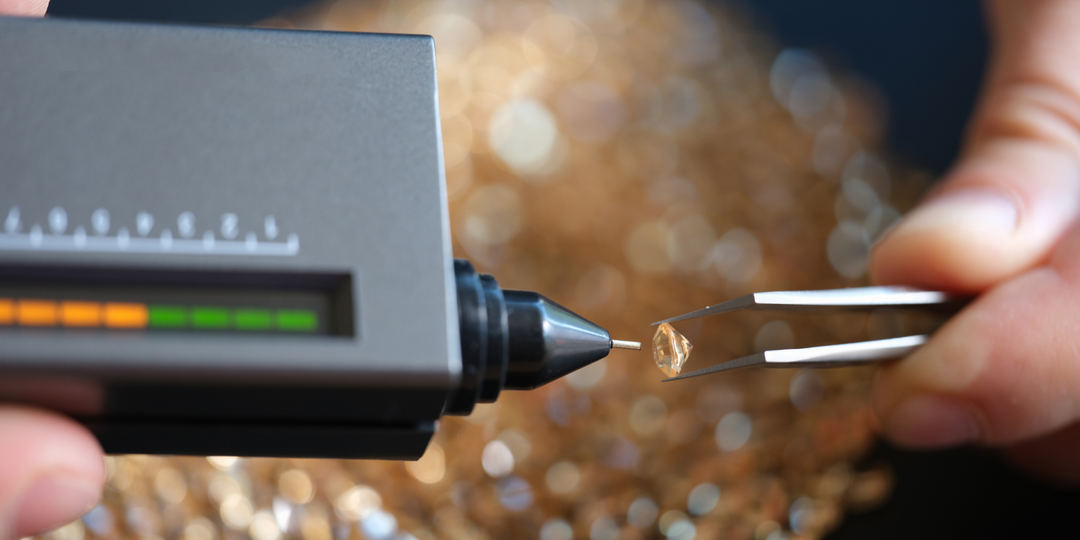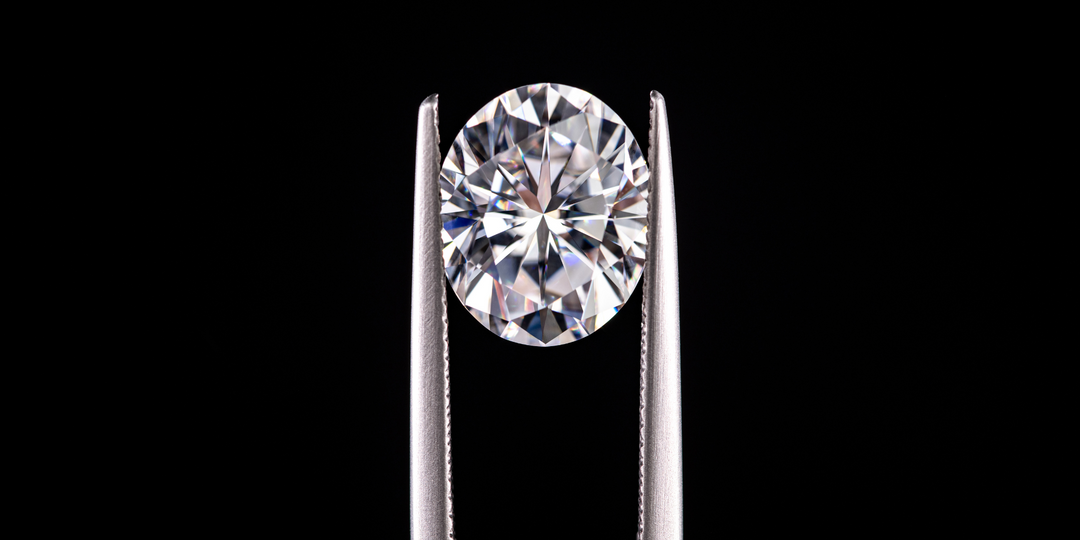Lab Grown Diamonds Vs Natural Diamonds: All You Need To Know
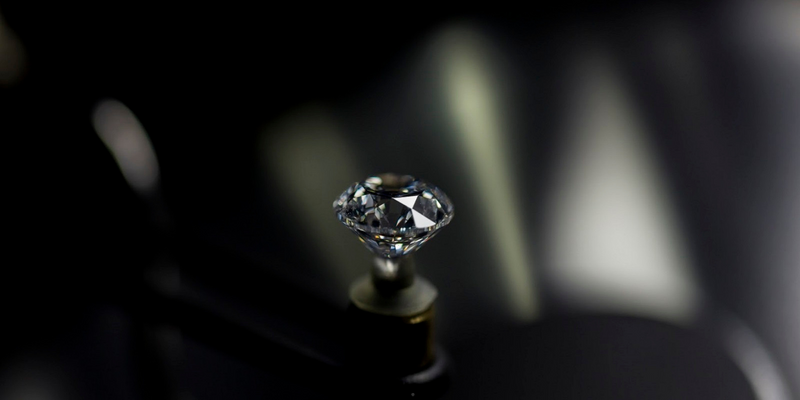
Are you standing at the jewelry counter, torn between that stunning lab grown diamond and its natural counterpart? Perhaps you are wondering if there is really a difference besides the price? For an investor (or even someone who wants to buy a diamond-studded ornament), understanding the differences between lab grown diamonds and natural diamonds is very important.
The diamond industry has changed dramatically in recent years. The creation of these breathtaking synthetic gemstones, which were previously exclusive to nature, is now possible in sophisticated laboratories. This technological advancement has created new opportunities for consumers, but it has also raised significant concerns. Which diamond type stands above the other in terms of quality?
What stands as the genuine distinction between these diamond types regarding their quality attributes and monetary worth, and ecological footprint? The choice between options matters most to shoppers who want to align their purchases with their personal needs and values.
What Are Lab Grown Diamonds and Natural Diamonds?

Right away, let us clear something up: lab grown diamonds are real diamonds! They are not cubic zirconia or simulants. In terms of chemistry, physics, and optics, they are the same as natural diamonds. What is the difference? Lab grown diamonds are made in controlled lab environments that mimic the conditions that diamonds form in nature, billions of years ago, deep in the Earth's mantle, where the pressure and heat are very high.
It is possible to mine natural diamonds from either primary deposits (like kimberlite pipes) or secondary deposits (where erosion has moved the diamonds). It takes between 1 and 3 billion years for them to form, which is a long time!
Laboratories produce lab grown diamonds through two methods, which complete the process in a few weeks.:
- High Pressure High Temperature (HPHT): It follows the natural formation process that uses extreme pressure and heat.
- Chemical Vapor Deposition (CVD): This process uses a hydrocarbon gas mixture, wherein carbon deposit atoms turn into a diamond seed.
Why Are People Considering Lab Grown Diamonds?
The rising popularity of lab grown vs natural diamonds isn't happening by chance. More consumers are researching their options before making significant purchases, and they're discovering compelling reasons to consider synthetic alternatives.
Price is often the first attention-grabber. Who wouldn't be intrigued by a diamond that looks identical but costs much less?
Many buyers are attracted to the ethical assurances that come with lab diamonds. Concerned about potential conflict diamonds in the natural diamond supply chain? Synthetic diamonds eliminate that worry entirely. Have environmental considerations on your mind? The controlled production process of lab diamonds can offer a smaller carbon footprint than traditional mining operations.
Technology enthusiasts also appreciate the scientific innovation behind creating these gems. Something is fascinating about wearing a diamond that represents cutting-edge human ingenuity rather than geological chance.
The Main Differences Between Lab Grown and Natural Diamonds
When comparing lab grown diamonds vs natural diamonds, the distinctions go beyond just their origin stories. Let's examine the key differences that might influence your decision:
Rarity Factor
This is perhaps the most fundamental difference. Natural diamonds are finite resources – there's only so many in the Earth, and we've already extracted much of what's easily accessible. Each natural diamond is unique, with its specific inclusions and characteristics that tell its geological story.
Lab grown diamonds, while each still unique in their minor inclusions, can theoretically be produced indefinitely as long as we have the technology and raw materials. This fundamental difference in scarcity affects everything from market perception to long-term value.
Resale Value
Let's be candid – natural diamonds typically hold their value better in the resale market. The established diamond industry has built its foundation on the rarity and lasting value of natural diamonds. Lab grown diamonds, being newer to the market and potentially unlimited in supply, haven't established the same resale strength yet.
However, this gap may change as consumer preferences evolve and synthetic diamonds gain further market acceptance. The resale landscape five or ten years from now might look quite different from what it does today.
Pricing: Lab Grown Diamonds Vs Natural Diamonds
One of the most significant advantages of lab grown vs natural diamonds is the price difference. Lab grown diamonds typically cost 30-50% less than their natural counterparts with the same specifications. This dramatic price difference means you can either save substantially or get a much larger diamond for the same budget.
Why such a stark contrast in pricing? Several factors contribute:
- Supply chain differences: Natural diamonds change hands multiple times from mine to market, with each exchange adding cost.
- Production efficiency: As technology improves, lab diamond production becomes more cost-effective.
- Market positioning: Synthetic diamonds are often deliberately priced lower to attract cost-conscious consumers.
For example, a 1 carat natural diamond with G color and VS1 clarity might cost $5,000-$7,000, while a lab grown diamond with identical specifications might be priced at $2,500-$3,500. That's a substantial difference that could mean upgrading to a larger stone or putting the savings toward other priorities.
But remember, price shouldn't be your only consideration. The value equation includes many factors beyond the upfront cost.
Environmental and Ethical Concerns

The dispute regarding lab grown diamonds versus natural diamonds primarily focuses on environmental sustainability while considering ethical aspects. The actual situation differs from what marketing campaigns typically present.
Environmental Impact
Natural diamond mining has historically been associated with significant environmental disruption, from land disturbance to water usage and carbon emissions. However, the modern mining industry has made substantial improvements in recent years. Many operations now focus on environmental rehabilitation, carbon offsetting, and more sustainable practices.
Synthetic diamonds require significant energy to produce, particularly for HPHT diamonds, which need sustained high temperatures and pressure. The environmental footprint largely depends on the energy source used. Companies using renewable energy can rightfully claim better environmental credentials than those relying on fossil fuels.
Studies comparing the two are often contested, with different methodologies yielding different results. What's clear is that both have environmental impacts, though of different types.
Ethical Considerations
The natural diamond industry's dark history of conflict diamonds (those that funded armed conflicts) led to the Kimberley Process Certification Scheme in 2003. While this has significantly reduced the percentage of conflict diamonds in the market, critics note that the certification doesn't address other ethical concerns like labor practices or environmental standards.
Lab grown diamonds eliminate concerns about conflict sourcing by their very nature. However, ethical considerations should also include labor conditions in production facilities and the environmental practices mentioned above.
Many responsible natural diamond companies now provide complete mine-to-market traceability and support community development in mining regions. Some argue that abandoning natural diamonds would harm economies that have become dependent on mining.
How Do They Compare in Appearance and Quality?
Here's where things get interesting – experts with professional gemological equipment can distinguish between lab grown vs natural diamonds, but to the naked eye? They're virtually indistinguishable!
Both lab grown and natural diamonds are evaluated using the same 4Cs criteria:
- Cut: Determines the diamond's brilliance and sparkle
- Color: Ranges from colorless to light yellow
- Clarity: Measures the presence of inclusions and blemishes
- Carat: The diamond's weight
A well-cut, colorless, flawless one-carat diamond will look identical whether it grew in the earth or in a laboratory. Both types of diamonds reflect and refract light in the same way, creating that coveted sparkle and fire that diamonds are known for.
There are, however, some subtle differences that gemologists can detect:
- Growth patterns: Lab grown diamonds often show different crystal growth patterns than natural diamonds
- Inclusions: The types of inclusions differ between natural and synthetic diamonds
- Fluorescence: Lab diamonds may respond differently to UV light
Professional diamond grading laboratories can identify lab grown diamonds using specialized equipment, and reputable sellers always disclose the diamond's origin.
Market Trends and Future of Diamonds
The diamond landscape is evolving rapidly, with lab grown diamonds gaining significant market share. In 2015, synthetic diamonds represented less than 1% of the rough diamond market. Today, they account for approximately 7-10% of the global diamond market by some estimates, and this percentage continues to grow.
Several key trends are shaping the future of lab grown vs natural diamonds:
Growing Consumer Acceptance
Younger generations, particularly millennials and Gen Z, show greater openness to lab grown diamonds. Many priorities value, sustainability claims, and ethical assurances over tradition. As these consumers represent an increasing proportion of diamond buyers, synthetic diamonds stand to benefit.
Technological Improvements
Production technology for lab grown diamonds continues to advance, resulting in higher-quality stones at lower costs. This technological progression allows lab diamond producers to create larger stones with fewer imperfections than were previously possible.
Traditional Industry Response
The natural diamond industry hasn't stood still. Facing competition from lab grown alternatives, many companies have:
- Enhanced their sustainability initiatives
- Developed more sophisticated tracking systems for provenance
- Invested in marketing that emphasizes the emotional and historical significance of natural diamonds
Some traditional jewelers now offer both options to consumers, recognizing that different customers have different priorities.
What to Consider When Choosing Your Diamond?
When weighing lab grown diamonds vs natural diamonds, consider these key factors:
Budget Priorities
Your budget will benefit most from synthetic diamonds because they provide larger and higher-quality stones. The same price will allow you to purchase a stone that is 30-50% larger in size.
Long-term Value Expectations
The market value of natural diamonds has proven consistently greater than any values assigned to man-made lab grown diamonds. The importance of potential resale value and heirloom status can affect your choice between diamond types.
Personal Values and Priorities
Choosing between products that have naturally evolved throughout billions of years of development asks you to decide whether you seek authenticity in geological time scales. Your core beliefs about life steer you toward one choice.
Disclosure and Transparency
The selection of diamond type requires you to maintain clear disclosure practices. A reputable diamond seller will explicitly state if a diamond originates from nature or a laboratory while offering proper certification.
Certification Standards
Each diamond type should acquire certification from recognized bodies such as the Gemological Institute of America (GIA) or the International Gemological Institute (IGI). The certificates confirm both the technical details and the place of origin of the diamond.
Conclusion: Making Your Diamond Decision
The lab grown diamonds vs natural diamonds debate doesn't have a one-size-fits-all answer. Your ideal selection depends solely on your personal values and life situation, and your established priorities.
Natural diamonds provide geological romance and investment potential along with traditional social status. The production of lab grown diamonds combines modern technological advancements with cost-effective potential benefits and ethical freedom.
The most important aspect is to choose a decision that matches your values and brings happiness to your life. Your diamond selection between Earth made or human made stones becomes easier when you understand their differences, so you can find the perfect stone for your story.
The sustainable jewelry alternatives we offer at CaratBee contain an extensive assortment of rings made from diamonds grown in laboratories. We offer competitive prices together with ethical sourcing practices (with Certification) alongside a broad selection to our website shoppers. Your purchase today will provide you with a ring you can trust.
You should always buy from reliable vendors who demonstrate openness about diamond source information while offering complete documentation for your purchase. The diamond that brings you the most joy through its appearance should be your selection since it matches your specific situation.

